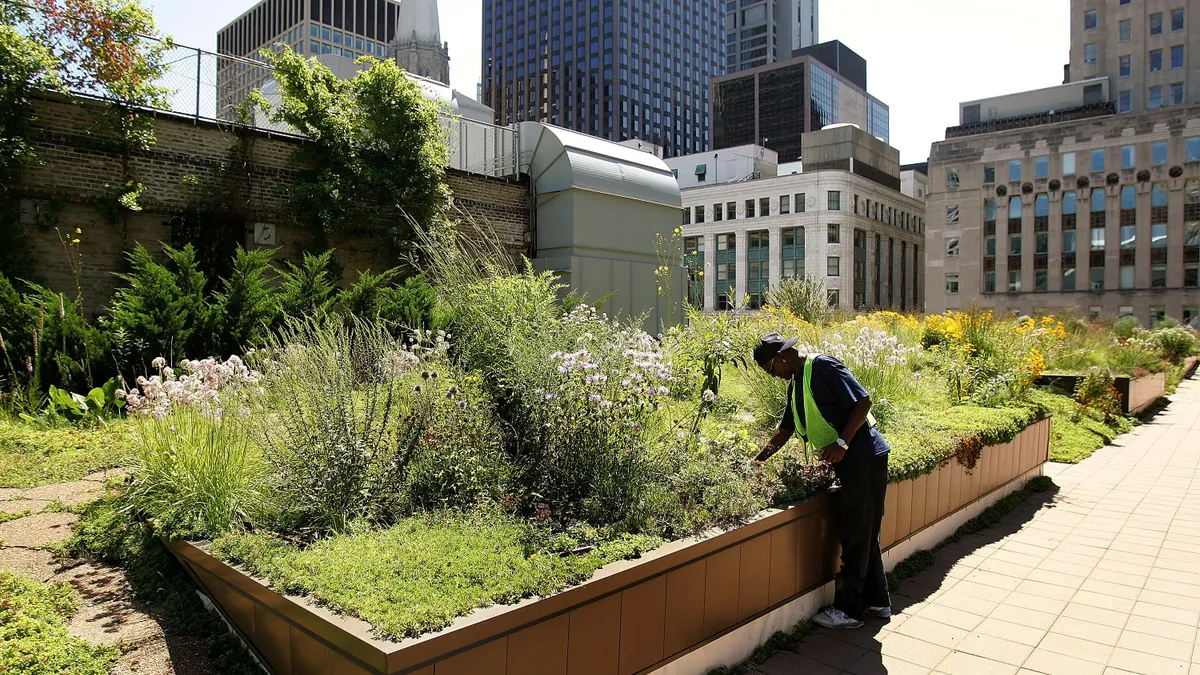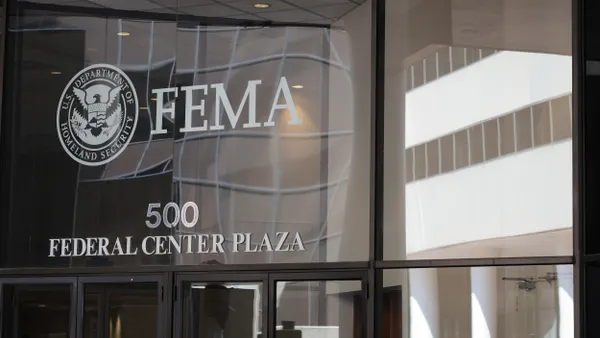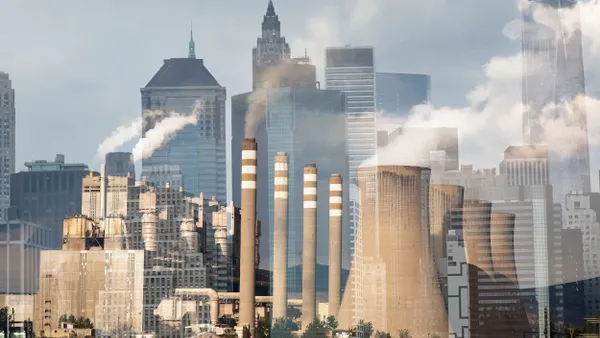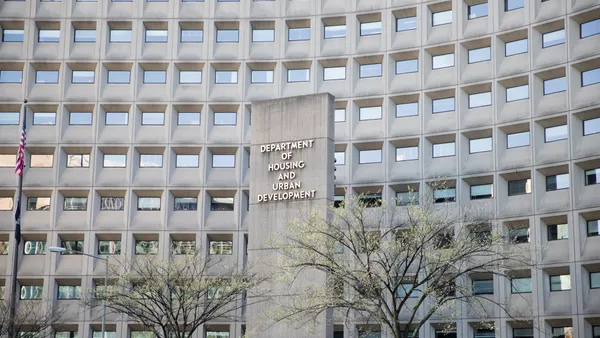Dive Brief:
- Chicago is updating and expanding its decade-old green stormwater infrastructure strategy, the city announced in a request for proposals last week.
- The city hopes a new strategy for increasing infrastructure like permeable pavement and green roofs can ease the impacts of climate change-driven increased rainfall on Chicago’s aging combined sewer system, which can overflow during intense storms.
- Chicago is looking for a consultant to map the city’s progress on GSI since 2014, conduct a cost-benefit analysis of existing GSI, examine other cities’ strategies, determine implementation challenges and identify potential policy changes that could promote more equitable GSI investments.
Dive Insight:
Combined sewer overflows present a serious problem in Chicago. When heavy rains overwhelm the city’s system, which combines stormwater and wastewater into a single network, untreated sewage is released into local waterways. In Chicago, less than an inch of rain over the course of a day can trigger a combined sewer overflow into the Chicago River, according to the city’s 2014 green stormwater infrastructure plan.
The Windy City isn’t alone in this challenge: Around 700 U.S. communities have combined sewer systems and experience such overflows, according to the U.S. Environmental Protection Agency. GSI can help mitigate those overflows by mimicking nature and capturing stormwater where it falls, the EPA says.
Why is Chicago updating its GSI plan now? In April, the state of Illinois issued a new National Pollutant Discharge Elimination System Permit, which regulates city-owned combined sewer overflows. That state permit explicitly requires the city to update and expand its 2014 GSI strategy and establish initiatives with measurable goals and outcomes, prioritizing environmental justice communities. The permit also requires better monitoring, reporting, planning and public engagement related to combined sewer overflows.
Proposals are due mid-November, and the deadline for the new GSI strategy is Oct. 1, 2025.











